||| FROM BRENDAN COWAN for SJC EMERGENCY MANAGEMENT |||
This is Brendan Cowan, Emergency Management Director for San Juan County writing. I wanted to give a more informal update to the community and share some of what I’ve seen and learned over the past six days of this response. I know I’m infamous for my rambling briefs to the islands, and I’m a bit tired, so forgive me if this one is a bit lengthy.
I’ve been working side by side with response personnel from the US Coast Guard, WA Department of Ecology, the Swinomish Tribe, and an array of other State and Federal agencies and private contractors who are working to monitor, respond to, and mitigate the impacts of this event. A lot of the basic info is available from info sources like the WA DOE site specific webpage or the USCG Twitter feed, but I’m hoping to provide a bit more context. There was also an update to the San Juan County Council today that was a bit more than an hour long and can be viewed here, for those who want a bit more in depth info.
First off, it would be impossible for me to overstate the logistical challenges of the site of this accident. Just off Smuggler’s Cove on the West side of San Juan Island, the boat is currently resting upright on a fairly steep bedrock slope in about 226 feet of water, with the seafloor running quickly down to over 700 feet deep. The boat has shifted and moved deeper repeatedly with the currents, and sections of fishing net from the boat have unspooled to some degree and further complicate operations. In addition, the tides in the area are extremely strong and variable and are in a location where there is considerable swirling, mixing, and strong variation that leads to conditions below often being very different from the surface and often very different from what is predicted in the tide charts. As anyone familiar with diving is well aware, this is an extremely hazardous and challenging mix of conditions.
Unfortunately, this is not a location where responders can simply put boom around the site of the sunken boat and know that any fuel that rises to the surface will be captured. The water is too deep, and the currents are too strong.
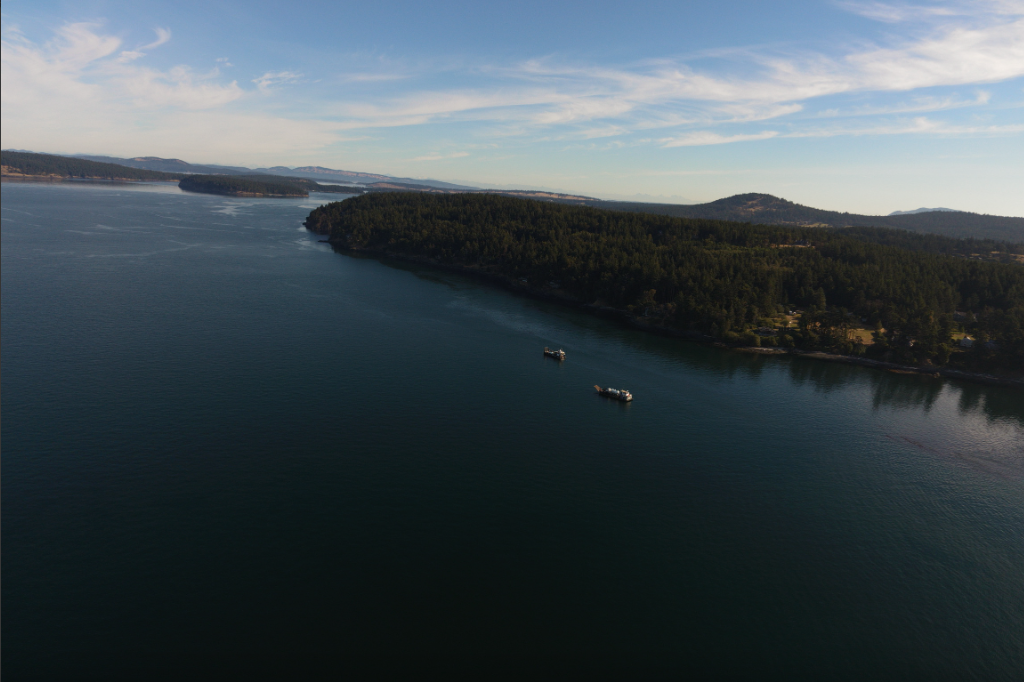
The response is working with some of the best salvage divers in the world to minimize the pollution threat, but these operations are methodical and careful and take time to unfold. Some of the equipment required is extremely specialized. Diving can only happen during short stretches as tidal conditions allow, and requires a large number of divers rotating often, and spending long amounts of time in a decompression chamber on the dive barge in between dives. To put it bluntly, the incredible people doing this work are performing some of the most dangerous and intricate jobs there are anywhere.
At this point, there hasn’t been any sign of significant seepage of fuel from the boat since soon after the boat sank on Saturday, and the heavy sheen seen on Sunday has dissipated, however there have been signs that several smaller releases have occurred. No one knows for sure, but the expectation is that there is still a considerable amount of fuel on board. We’re in this delicate place where we’re cautiously optimistic that the worst is behind us, but there’s a chance that at any point a more significant release could happen. A joint team of Coast Guard, Ecology, and San Juan County personnel have been carefully monitoring local shorelines and wildlife populations and have not documented any impacts. Clearly, we need to continue to carefully monitor, but one of the “good” (not that there is anything good about this) things about diesel fuel is that it is less persistent in the environment than other petroleum products. That’s not to say there’s no impact, but diesel is much less harmful than crude oil or other heavy fuels.
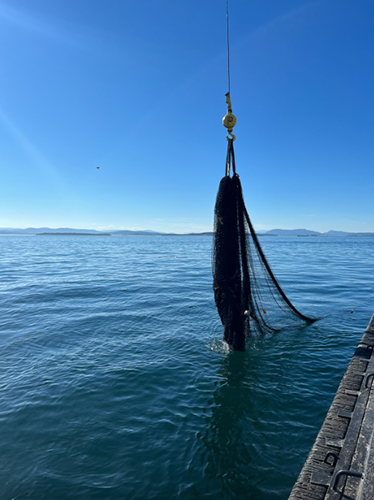
The best case at this point is that the salvage operators are able to raise the vessel to a barge, totally eliminating the pollution risk. We’ll know in the days to come whether that is possible or not. While preparations are going full speed ahead to continue to assess the dynamic situation and bring in all of the equipment and personnel needed to fully resolve the pollution risk, responders have deployed protective boom to a handful of exposed sites (Smallpox, Mitchell, and Open Bays) and are on standby to deploy more protective strategies as needed. There are also personnel and equipment in place or on standby to monitor air quality, potentially deter orcas from entering the area, and detect and evaluate any potential releases.
I don’t mean to make it sound like everything is AOK or that I haven’t been losing plenty of sleep over all sorts things this week- but I am confident that the right people are on the job, that everyone involved is working closely together in a cooperative and positive way, and that there is 100% commitment from all involved to get this situation resolved as soon as is possible- without jeopardizing responder safety in any way. That said, I won’t be resting well until that boat is out of the water or we know that all of the fuel is out of the tanks.
I recognize that there are probably lots of questions and concerns out there and if there are islanders with specific queries, you can shoot me a message at brendanc@sanjuanco.com. I’m pretty busy these days but will try to answer as I can — I certainly appreciate the patience and support of the community during this challenging response.
I also want to take a moment to really give a shout out to personnel and volunteers from the US Coast Guard, the WA Department of Ecology, WA Fish & Wildlife, NOAA, Global Diving and Salvage, US Ecology, Towboat US, the Pintail Barge, The Marine Mammal Stranding Network, Soundwatch, the SeaDoc Society, and the Islands’ Oil Spill Association (I’m sure I’m missing some folks, but rest assured, you’re all doing amazing things and the islands owe you a huge thanks). And thanks to the many private property owners who have graciously welcomed responders onto their property. It’s incredible to see so many people doing good work, not just islanders, but also responders from around WA and the nation. It’s an impressive team.
Speaking of which, one last big thank you to some local organizations that have bent over backward to support the response by providing lodging, workspace, and just general awesome island hospitality: Roche Harbor Resort, San Juan Island Fire District #3, and The Friday Harbor Labs. Thanks one and all.
PREVIOUS COVERAGE: https://theorcasonian.com/vessel-carrying-2600-gallons-of-fuel-oil-sinks-near-san-juan-island/

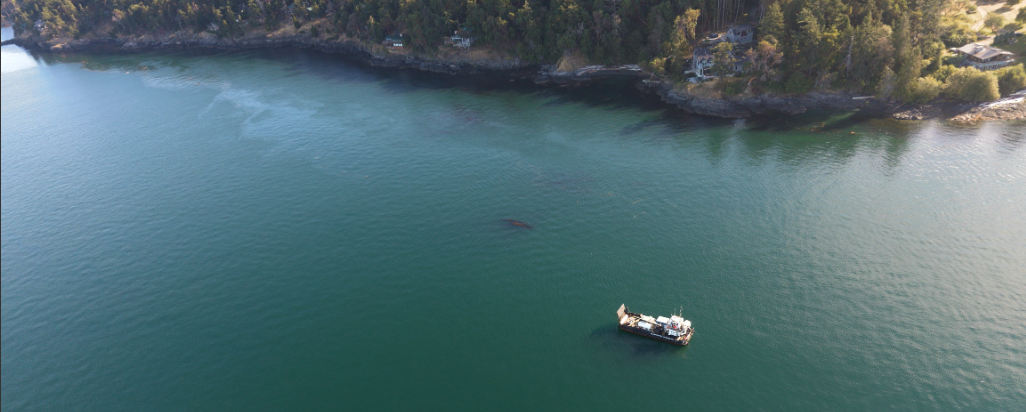

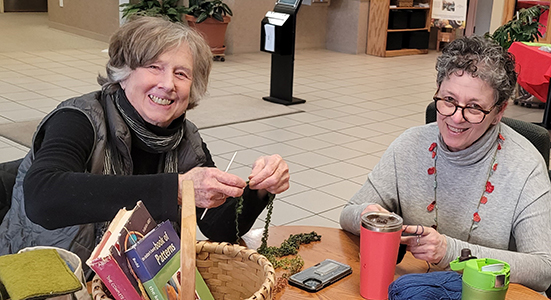



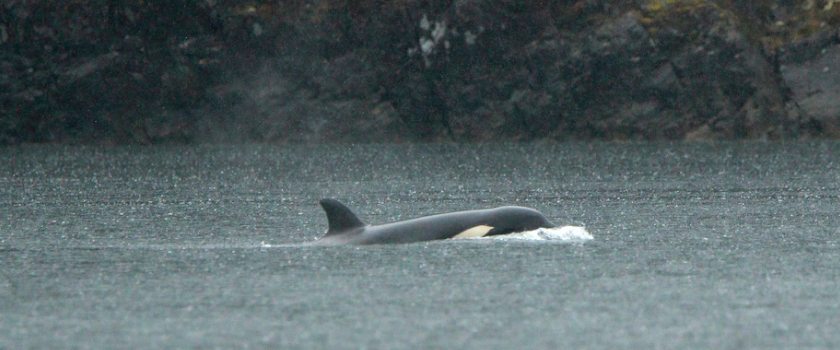

Thank you for this update, Brendan!
Here is the link to the County Council’s special meeting on the sinking of the fishing vessel and subsequent response:
https://media.avcaptureall.cloud/meeting/d9460e6f-2099-4994-9dc7-a72371225b3f
At the end of the recording, my friend Fred Felleman, who has a home near the site where the vessel sank, gives a report of what he experienced. There was bad air quality for about three days after the sinking of the ship. People and wildlife were exposed to volatile components of the diesel fuel that was initially released during the accident. Air quality monitoring did not begin until 3 days after the accident.
Fred worked to station an Emergency Rescue Towing Vessel (aka a Rescue Tug) at Neah Bay near where the Strait of Juan de Fuca meets the Pacific Ocean. We need such a Rescue Tug to be stationed in the San Juan Islands or on the British Columbian side of the international border -perhaps at Roche Harbor, Sidney, B.C. or at Victoria, B.C. Such a rescue tug would not have been able to prevent the sinking of Aleutian Isle because it happened too quickly. But a rescue tug would be useful in preventing the grounding of an oil tanker that had lost steering or propulsion at Turn Point/Boundary Pass.